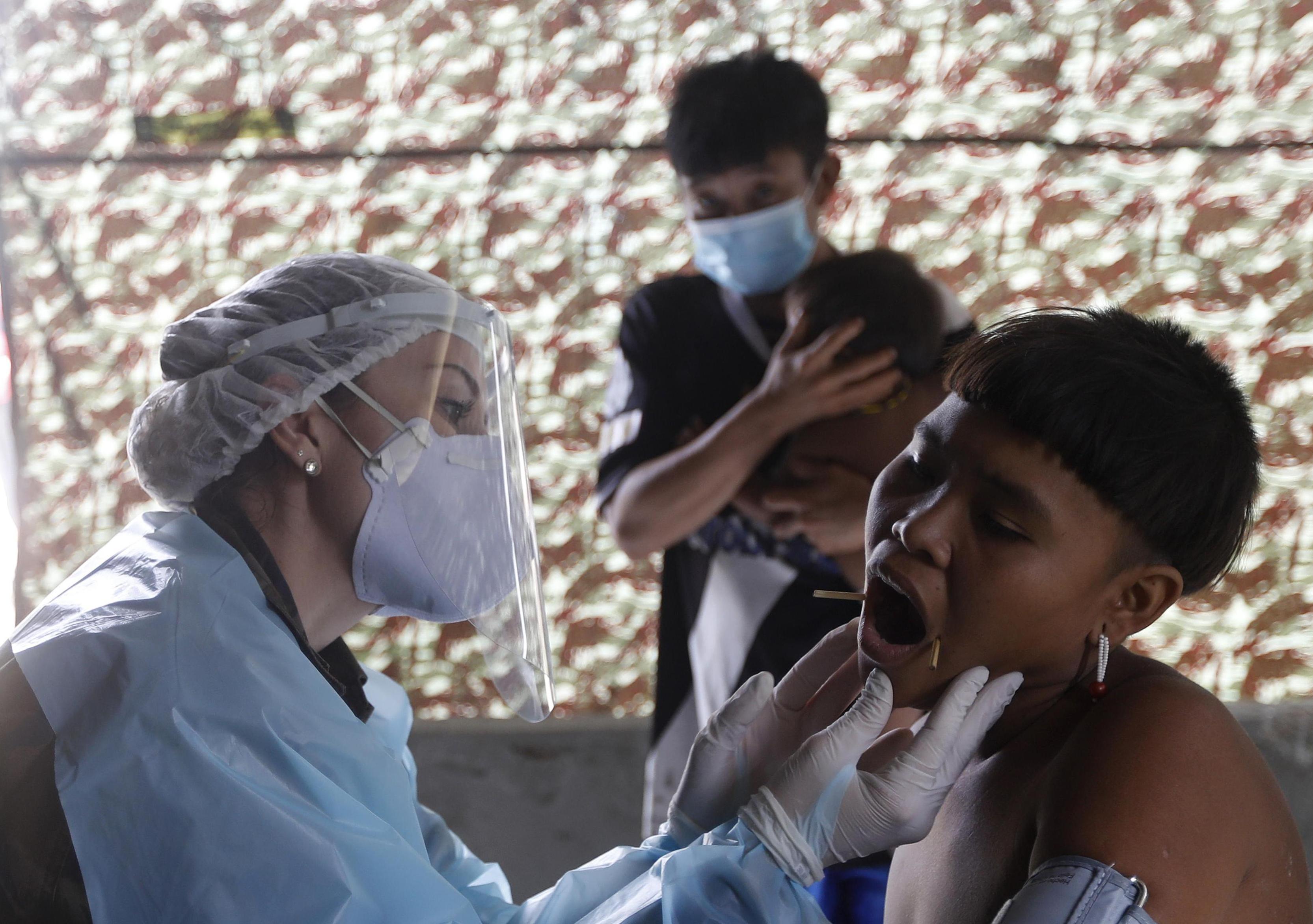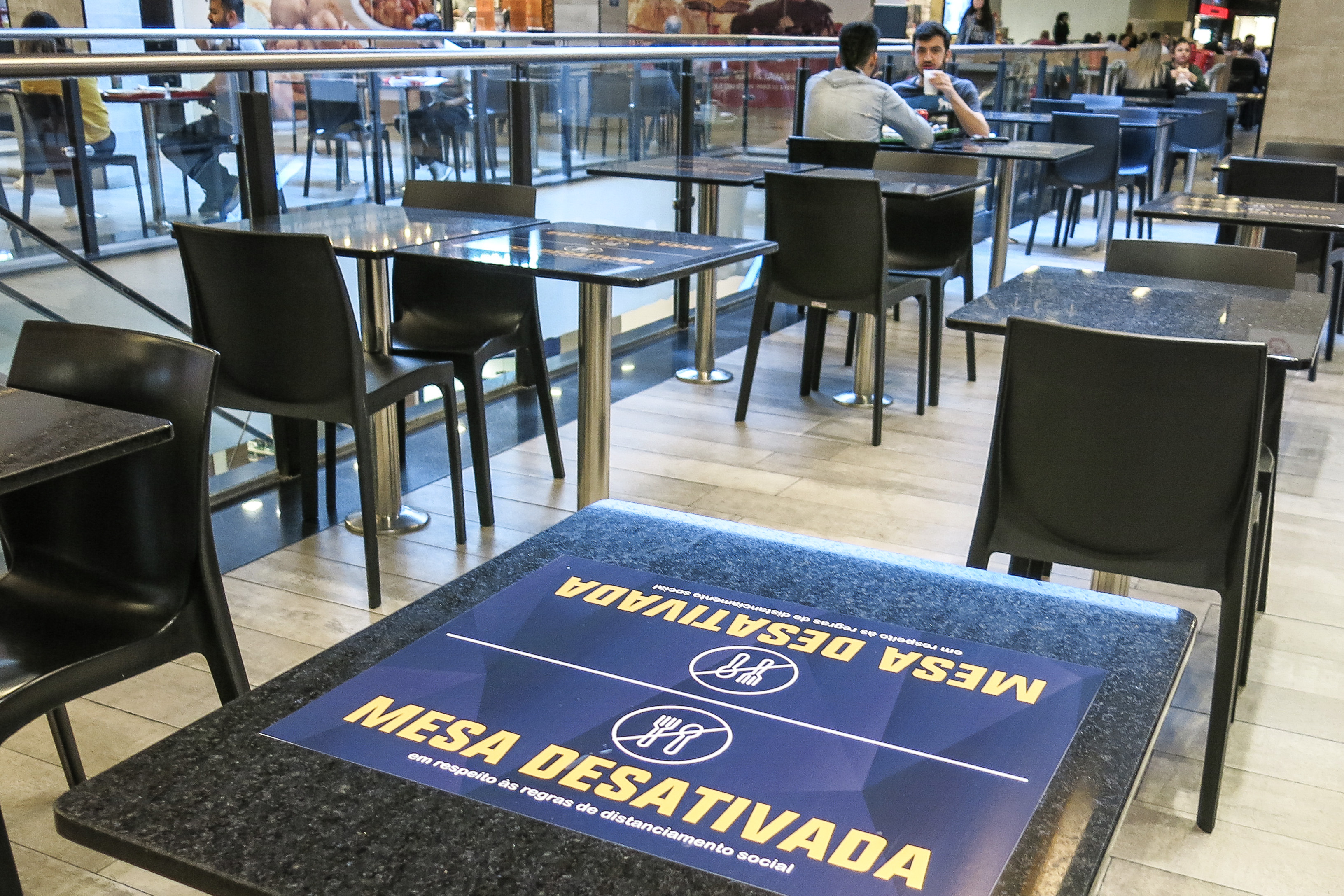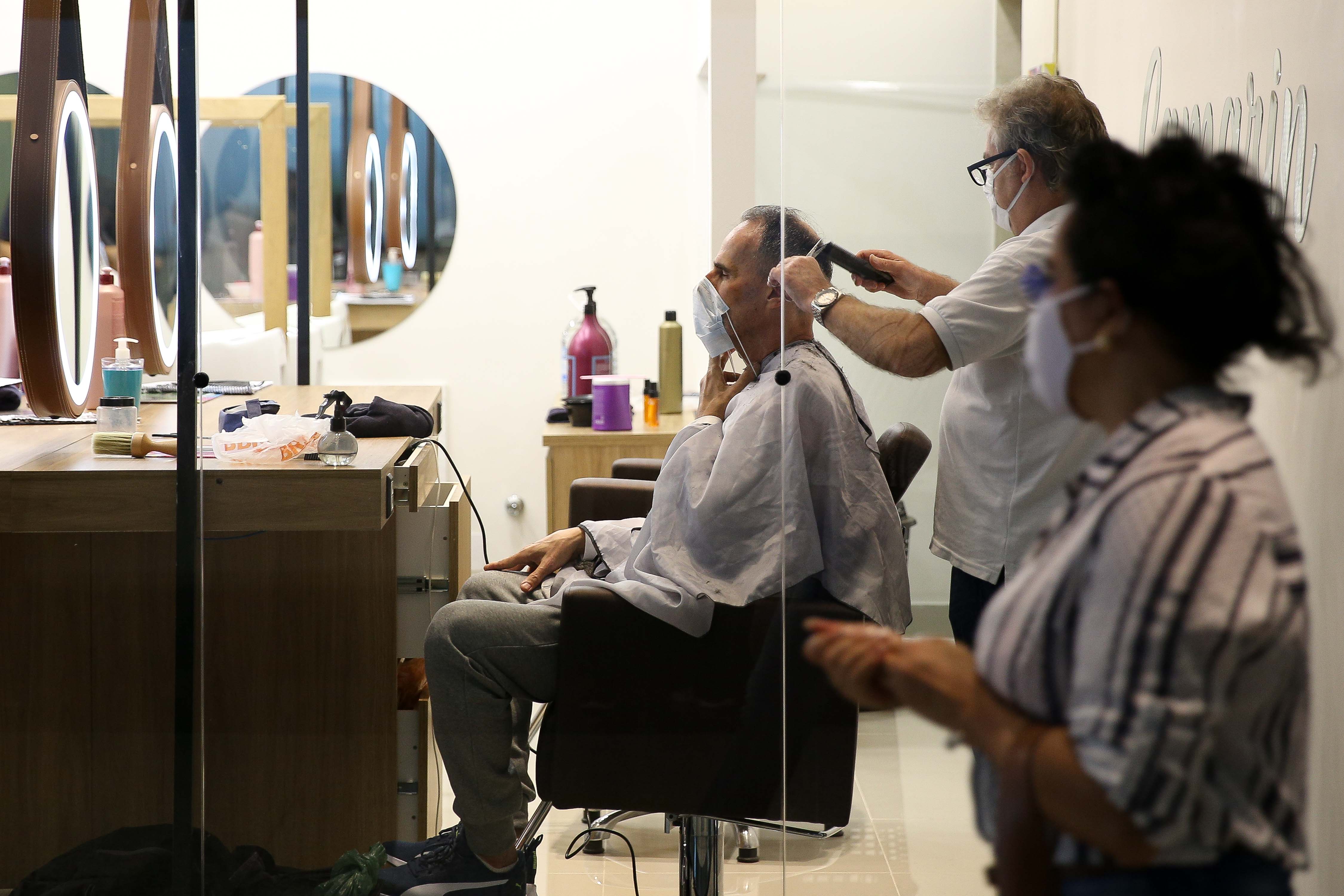-- According to the World Health Organization (WHO), Brazil ranks second, only after the United States and with its case tally surpassing 2 million on Thursday.
-- Many experts cited poor planning and the absence of effective synergy among governments at various levels as the main reason.
-- The regional economy may shrink by 9.1 percent in 2020 due to the pandemic, the Economic Commission for Latin America and the Caribbean (ECLAC) said in a report on Wednesday.
-- Brazil's economy was already struggling before the pandemic, with most others in the region in a similar situation, and therefore, recovery will not be easy or come soon.
by Cui Yuanlei, Chen Weihua, Shooka Shemirani
MEXICO CITY, July 17 (Xinhua) -- Four countries in Latin America and the Caribbean, one of the last regions hit by the COVID-19 pandemic, have ranked among the world's top 10 countries in terms of confirmed cases.
According to the World Health Organization (WHO), Brazil ranks second, only after the United States and with its case tally surpassing 2 million on Thursday. It was followed by Peru, Chile and Mexico at the regional level, each with over 300,000 cases.
Arguably, geographic location gives Latin America an advantage -- time to prepare before the arrival of the pandemic, but a lack of effective synergy, regional development disparity as well as poverty undermined their head start, leading to catastrophic health crises and economic downturns that may take years to tide over, say experts.

A medic performs health check for an indigenous woman in the Surucucu region of Alto Alegre, Roraima state, Brazil, on July 1, 2020. (Photo by Lucio Tavora/Xinhua)
REGIONAL EPICENTER
On March 11, a 57-year-old woman hospitalized in Sao Paulo, Brazil's largest city, tested positive for the coronavirus. One day later, she was dead -- Brazil's first documented COVID-19 fatality.
In the ensuing four months, the disease claimed over 76,000 lives and infected more than 2 million in the country, according to the Health Ministry. Among those infected was President Jair Bolsonaro, who tested positive on July 7.
Brazil's prosperous and industrialized southeast coast, home to Sao Paulo and Rio de Janeiro states, has become the epicenter in the country, while the virus has spread to poorer inland regions short of resources to tackle such a health emergency.
COVID-19 has reached 96.4 percent of Brazil's municipalities with no sign of slowing down, according to the ministry.
Observers believe the true scale of the epidemic in Brazil is much larger, given under-reporting in remote areas, asymptomatic infections and the lack of testing.
The actual tally may be "three or five times higher," Brazilian infectious disease expert Ana Lucia Reis told Xinhua.
Outbreaks in Peru and Chile, ranking second and third respectively in cases in the region, appeared to have plateaued, with more than 330,000 cases and over 12,000 deaths in the former and more than 320,000 cases and over 7,000 deaths in the latter.
Both countries are trying to reopen their economies and contain the pandemic simultaneously by moving from a nationwide lockdown to localized restrictions wherever transmission rates remain high.
Additionally, Mexico has reported over 317,000 cases and 37,000-plus deaths. President Andres Manuel Lopez Obrador this week delivered good news, saying only nine of the country's 32 states had rising caseload, whereas the rest had plateaued or were decreasing.
To re-energize the economy, Mexico has adopted a dashboard system signalling which cities can exit from lockdowns. Most areas remain in orange alert -- meaning the chances of infection are still high, but with preventive and social distancing measures, businesses such as hair salons and restaurants can partially resume operations.

Tables are labelled to observe social distancing at a restaurant amid COVID-19 outbreak in Sao Paulo, Brazil on July 9, 2020. (Xinhua/Rahel Patrasso)
LACK OF EFFICIENT SYNERGY
Blessed with a comparative longer period to prepare itself for the epidemic, it has still been hit so hard.
Many experts cited poor planning and the absence of effective synergy among governments at various levels as the main reason.
Bernardo Vargaftig, a senior professor at the University of Sao Paulo's Institute of Biomedical Sciences, believes that lack of standardized guidelines nationwide has made matters worse.
"To resolve the problem, local authorities, both at the state and city levels, have to implement new regulations, but those measures are not the same as their neighbor's," Vargaftig said. "If you need to have a total lockdown, it won't work if your neighbor isn't doing it."
Andre Diz, who teaches economics at the Brazilian Institute of Capital Markets in Sao Paulo, also expressed regret that the government "could have already taken much more organized measures and could have been prepared at the beginning of March." Diz said.
Other factors, including inequality and poverty, have also worsened the situation.
Social distancing is a luxury and not everyone can afford it, noted Vargaftig. "There is a big difference between those who have the material to isolate themselves under the right conditions and those who have four family members living in a room with a dirt floor."
One particularly vulnerable group in Brazil is the indigenous, who often live in reclusive communities within the Amazon rainforest and without sufficient access to information and necessities, let alone protective gear.
There is also criticism of the government's decision in June to ease lockdown.
The government should place people's health ahead of the economy, said some experts.

A customer gets a haircut at a hairdressing shop in Sao Paulo, Brazil, July 6, 2020.(Str/Xinhua)
WEAKENING ECONOMIES
The shock of COVID-19 on Latin American economies has been considerable and threatens with long-lasting repercussions.
The regional economy may shrink by 9.1 percent in 2020 due to the pandemic, the Economic Commission for Latin America and the Caribbean (ECLAC) said in a report on Wednesday.
The crisis will also shutter some 2.7 million enterprises and cost 8.5 million formal jobs regionwide over the next six months, according to the ECLAC.
Brazil's major productive sectors have suffered from the shock, including automobile industry and exports.
Vehicle production plunged 50.5 percent in the first half of 2020 year-over-year, according to the National Association of Vehicle Manufacturers (Anfavea). Brazil's automotive industry, the largest in South America, is facing a "bigger crisis than it faced in the 1980s and 1990s," Anfavea President Luiz Carlos Moraes said.
Over half of Brazil's exporters are also impacted by the pandemic, according to Brazil's National Industry Confederation.
For Mexico, the region's second-largest economy after Brazil, experts have projected a 12-percent plunge in the GDP in the worst-case scenario for 2020 -- the worst contraction in its modern history.

A worker disinfects the bottom of a customer's shoe before she enters a store amid COVID-19 outbreak in Sao Paulo, Brazil, on June 10, 2020. (Str/Xinhua)
LONG ROAD TO RECOVERY
Brazil's economy was already struggling before the pandemic, with most others in the region in a similar situation, and therefore, recovery will not be easy or come soon.
"Even before the pandemic our recovery was slow" from a 2015-2016 economic crisis, said Diz. "An economy that already wasn't growing enough will suffer much more now in the wake of the pandemic."
"Economically, we need to do two things: first, maintain consumption and second, help companies," Diz said, adding the financial aid to informal workers affected by the pandemic is "very important."
Alfredo Coutino, head of Latin America Economic Research at Moody's Analytics, said Latin American economies will be in a particular pickle after the pandemic.
"The hardest-hit are the most vulnerable, both in terms of their public health systems and their economies, among them Brazil, Mexico, Argentina, Peru, Ecuador and Central American countries," Coutino told Xinhua.
"The only prescription for a way out of the crisis is a sustained recovery through the restoration of lost productive capacity, which happens with accelerated private and public investment," said Coutino. And that "will depend on how open and friendly governments are towards private investment."
So far, Latin American countries, including Brazil, Chile and Mexico, have rolled out packages of stimulus measures, such as repeatedly cutting the annual basic interest rates to facilitate bank loans and renegotiate debt burdens for both companies and individuals.
The United Nations Economic Commission for Latin America and the Caribbean (ECLAC) called the fiscal measures already announced "a first step along what could be a long path towards recovery in the region," while urging for greater fiscal efforts in the region with the aim of contributing to the reactivation of economic activity, investment and quality job creation.
(Xinhua reporters Wu Hao, Yang Chunxue, Yan Liang, Kang Wenjun in Mexico City, Zhao Yan in Rio de Janeiro, Zhou Xingzhu in Brasilia, Gong Ruohan in Sao Paulo, and Yin Nan in Santiago also contributed to the story.)
(Video reporters: Cui Yuanlei, Yang Chunxue, Yan Liang, Wu Hao, Kang Wenjun, Yin Nan, Gong Ruohan, Zhou Xingzhu, Zhao Yan, Chen Weihua.
Video editor: Cao Ying)



